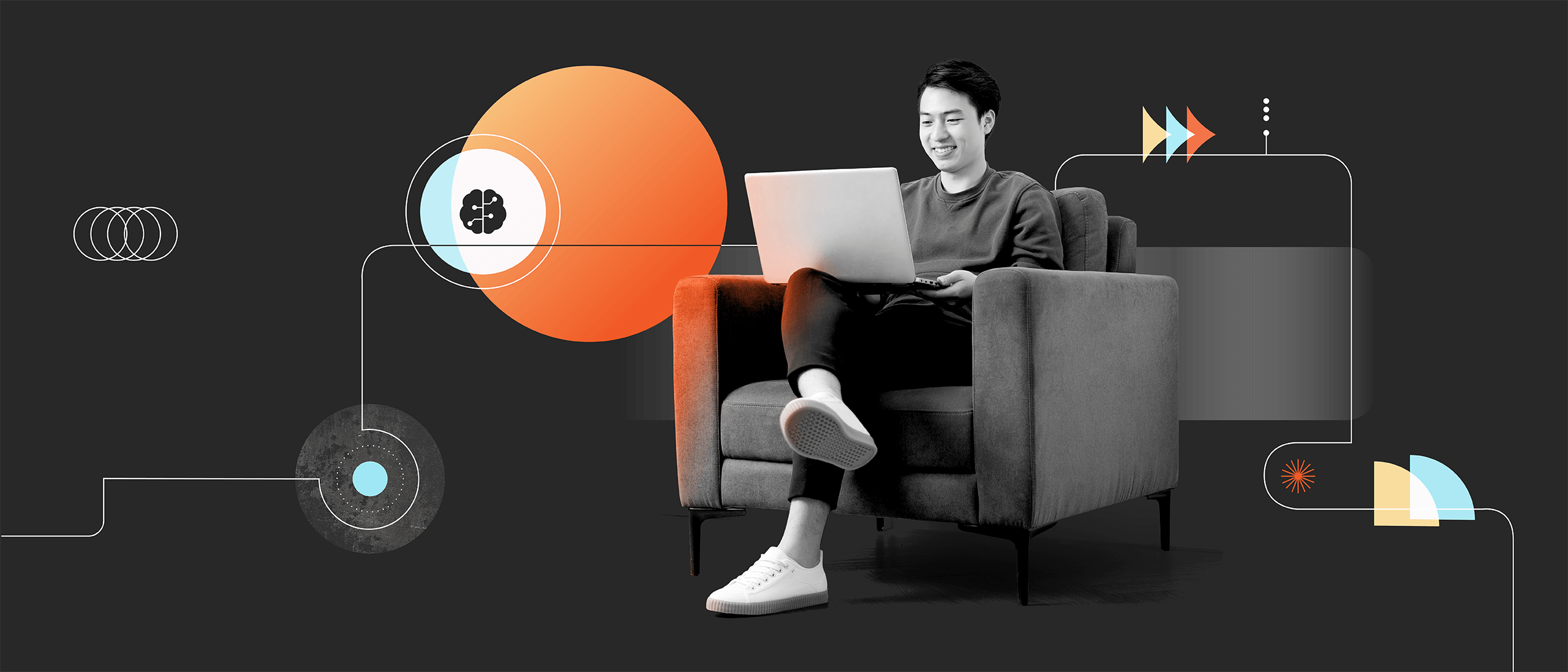4 Strategic Steps for Using Generative AI in HR (part 3 of 3)
By Kelley Butler and Susan Anderson
This post is the last in a three-part Q&A series with Mineral Chief Services Officer Susan Anderson that shares Mineral’s organizational journey to leverage generative AI to improve business efficiency and maintain positive client outcomes for Mineral’s more than 1 million small business clients nationwide. Read parts one and two here, and find other exclusive AI resources from Mineral at trustmineral.com/ai.
Alright, so we’ve set the stage with how HR is uniquely positioned to leverage generative AI to achieve efficient and empathetic results. And you’ve talked through how you and your team at Mineral have created an infrastructure to do just that–plus what you learned along the way. For business and technology leaders considering an AI transformation within their own organization, what should they know?
The first thing that I want to say is to experiment and fail fast. Get out there and try things. The pace at which this technology is changing really means that now is the time. People who wait for the next best thing are going to be left behind.
[Second], if you have teams that are going to be experimenting with generative AI, one of the most important things you need to do is train them. Train them on the context of what these tools are and what they’re not:
- How do they work?
- What’s the best way to think of their logic to best improve and support the work that you’re trying to do in your company?
That means also training best practices around prompt crafting. There are tons of trainings already available on how to do this the right way. But understanding how to really make the technology work for you is one of the most important things that I think we’re applying.
The third thing I’ll tell you is trust, but validate. One of the things that I know we’re uniquely positioned for is that with all of our experts, we can tell when something’s starting to veer a little off kilter. The challenge that I found and that our teams found with generative AI is the answers sound so credible; they sound like they’re coming from an authority and with accuracy–when at times they’re not. So, making sure that you’re using guardrails as you’re starting to experiment with this [is key].
And then finally [fourth], make sure that as you’re defining your use cases, you’re finding the ones that are going to provide the highest and best value in the shortest amount of time.
Incredible, thank you. What final thoughts do you have to share?
The first is HR and compliance demand A-plus work. So getting it right is really critical and the risk of getting it wrong could have high consequences. Second, asking the wrong question is risky. I mentioned before about prompt crafting and some of the things that you need to do carefully, Again, making sure that the questions that you’re asking are accurate and include full context so that as the tool generates answers, you’re getting the best results.
Beyond that, one thing that I think is really important to share–that we take a lot of [comfort] in–is that AI is not going to displace [human intelligence]. Yes, it’s cutting out administrative and time-consuming tasks out of the human work day, [but] this doesn’t mean reduction in headcount. It means freeing up time for humans to be even more creative in the work that they’re doing, and freeing up more time for development. I think one of the things I’m most excited about is that we are embracing a spirit of exploration and innovation; we’re starting to find new ways to interact with this technology in a way that’s collaborative as opposed to replacing our work.
And then finally, we know collaborative intelligence is our future; this technology is not going to go away. So [people and businesses] that take advantage of collaborating with this type of tool will be the ones that win.
Get more from Mineral, including exclusive resources to support your organization’s AI transformation, all available now on-demand at trustmineral.com/ai.


